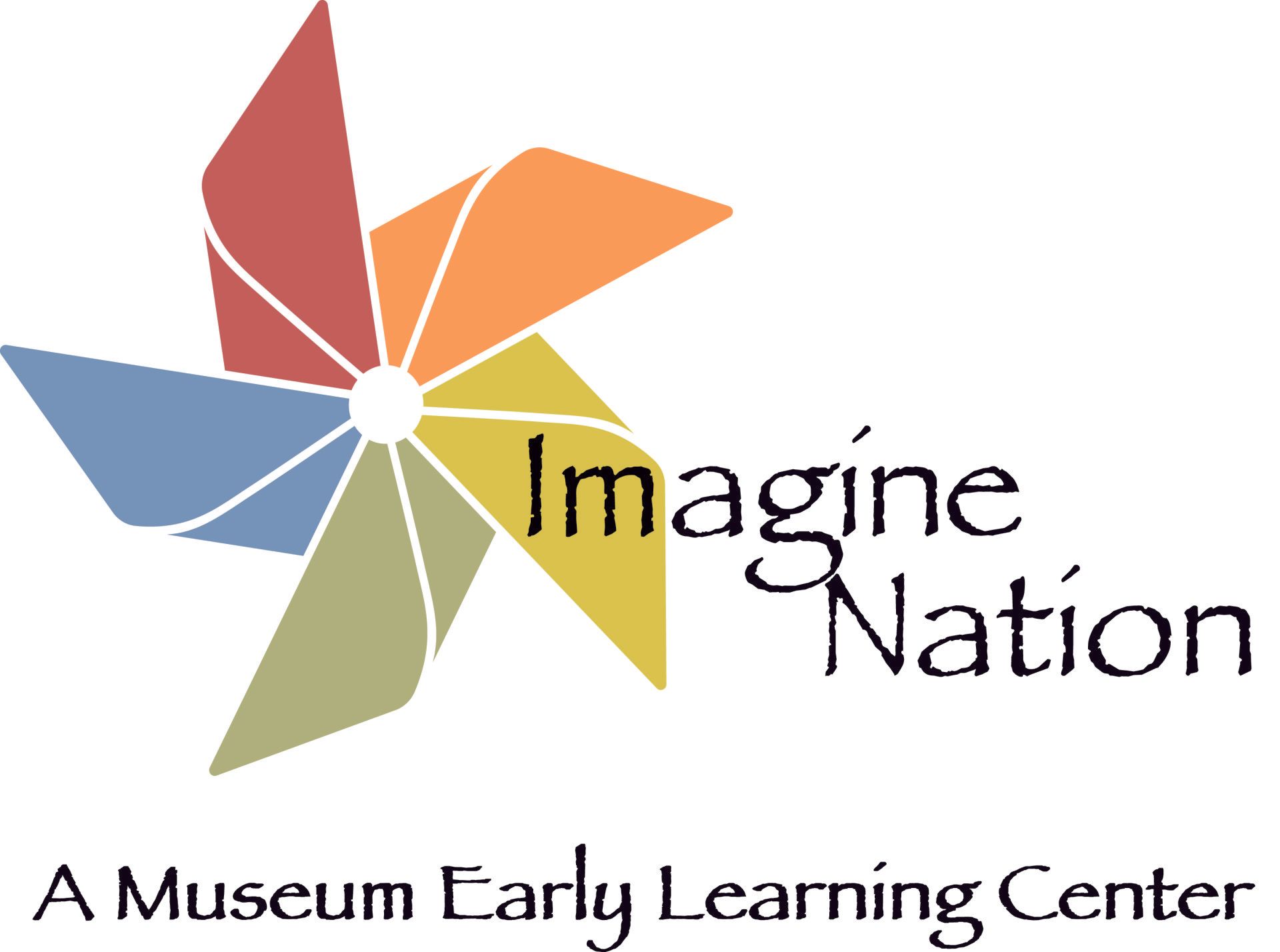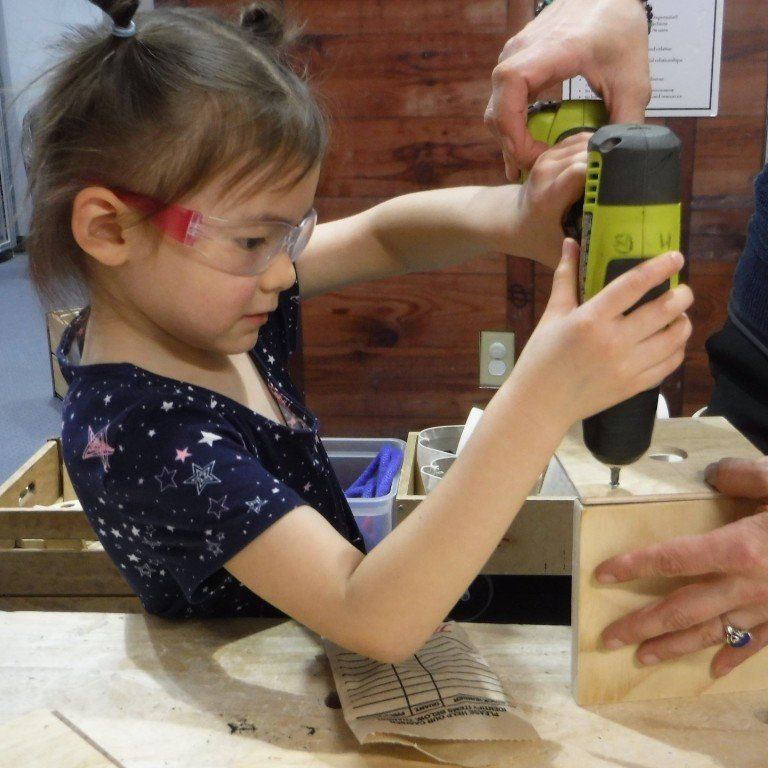Project Work: The Hospital for Animals, Part 1 of 2
- By Imagine Nation, A Museum Early Learning Center
- •
- 02 Nov, 2018
- •
Exploring The Project Approach with Classroom 4B
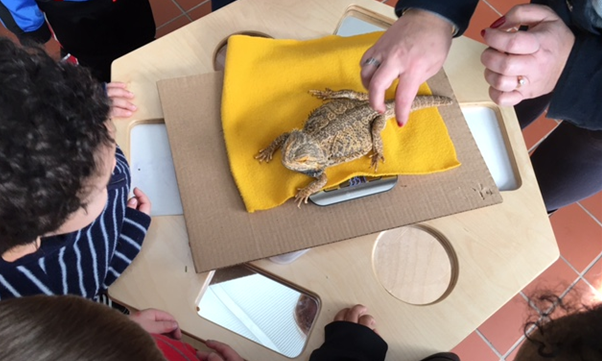
How does a project begin? In Imagine Nation's preschool classroom 4B, The Hospital for Animals project began with teachers observing children playing dog and owner. As a result, they set up a provocation in the Dramatic Play center. Next, a parent became involved and donated several leashes and collars to the cause, and Head Teacher Ms. Siegmann brought in stuffed animals, a carrying case, and a variety of tools.
Over time, teachers took notes and observed the children playing. Ms. Siegmann added stethoscopes, needles, clipboards, and a tall table, all items based on children's ideas during play. Children began talking about veterinarians, having different emergencies, and named the Dramatic Play center "The Hospital for Animals." This is where the classroom's KWL chart (Know, Want to Know, Learn) chart started, and the first project of the year officially began!
Teachers in room 4B wanted to extend the children's learning by bringing the project beyond dramatic play. In the Science center, wild animals, microscopes with slides, and building materials were added. Children began to create habitats for animals and acted out the sounds that different animals make.
Field trips from classrooms to Imagine Nation's museum studios happen regularly, so visiting the Wildlife studio upstairs was the next step! Teachers asked children how they think animals are taken care of in the Wildlife studio. Then, teachers and children worked together to build a web to demonstrate their knowledge and identify what they wanted to learn more about. Ms. Siegmann set up a special field trip with Museum Studio Manager Ms. Pac, who looked at the learning web and incorporated the children's ideas into her lesson with the animals.
The evolution of the project up to this point took weeks of teachers following the children's interests and supporting their learning! A follow-up post will detail how what became a multi-month project led the children to explore The Hospital for Animals through art, construction, fundraising, and an off-site field trip, all guided by the children's ideas and interests.
Over time, teachers took notes and observed the children playing. Ms. Siegmann added stethoscopes, needles, clipboards, and a tall table, all items based on children's ideas during play. Children began talking about veterinarians, having different emergencies, and named the Dramatic Play center "The Hospital for Animals." This is where the classroom's KWL chart (Know, Want to Know, Learn) chart started, and the first project of the year officially began!
Teachers in room 4B wanted to extend the children's learning by bringing the project beyond dramatic play. In the Science center, wild animals, microscopes with slides, and building materials were added. Children began to create habitats for animals and acted out the sounds that different animals make.
Field trips from classrooms to Imagine Nation's museum studios happen regularly, so visiting the Wildlife studio upstairs was the next step! Teachers asked children how they think animals are taken care of in the Wildlife studio. Then, teachers and children worked together to build a web to demonstrate their knowledge and identify what they wanted to learn more about. Ms. Siegmann set up a special field trip with Museum Studio Manager Ms. Pac, who looked at the learning web and incorporated the children's ideas into her lesson with the animals.
The evolution of the project up to this point took weeks of teachers following the children's interests and supporting their learning! A follow-up post will detail how what became a multi-month project led the children to explore The Hospital for Animals through art, construction, fundraising, and an off-site field trip, all guided by the children's ideas and interests.
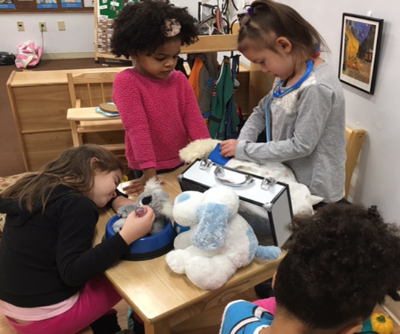
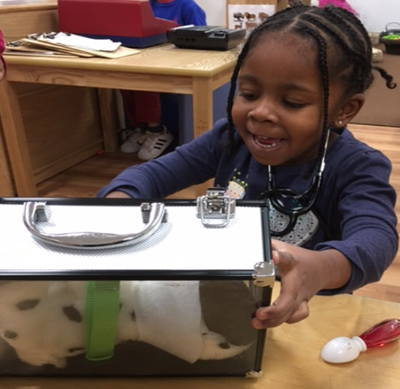
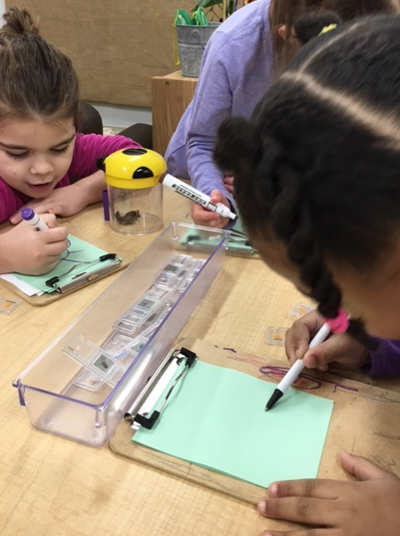
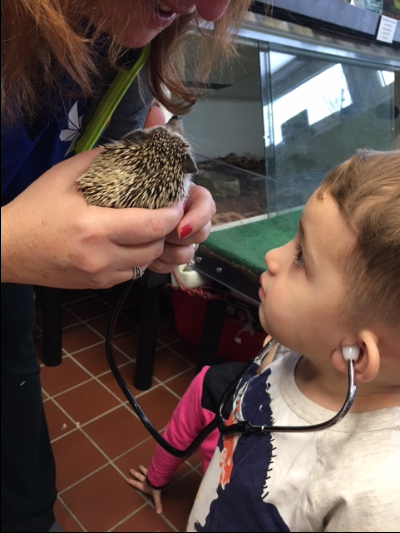
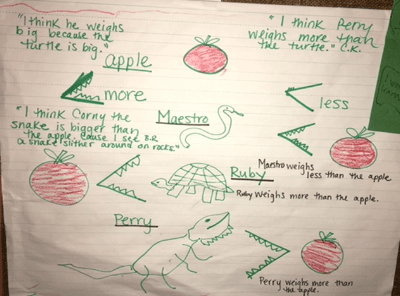
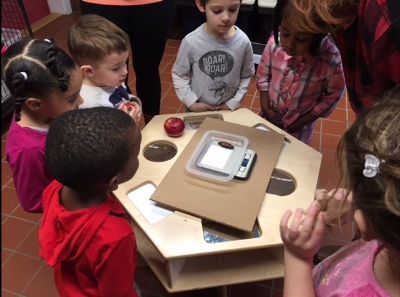
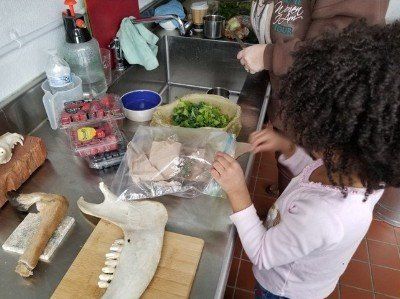
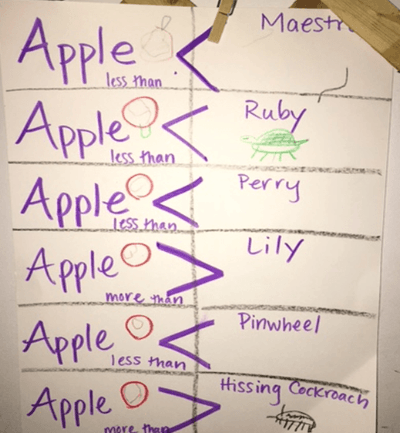
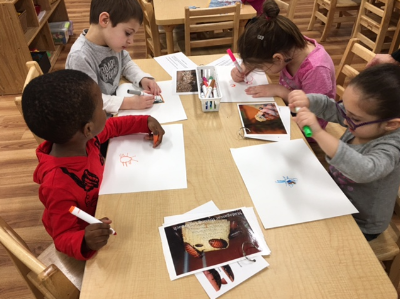
Next Post: Hospital for Animals Part 2, will explore how what became a multi-month project led the children to explore The Hospital for Animals through art construction, fundraising, and an off-site field trip, all guided by the children's ideas and interests.
